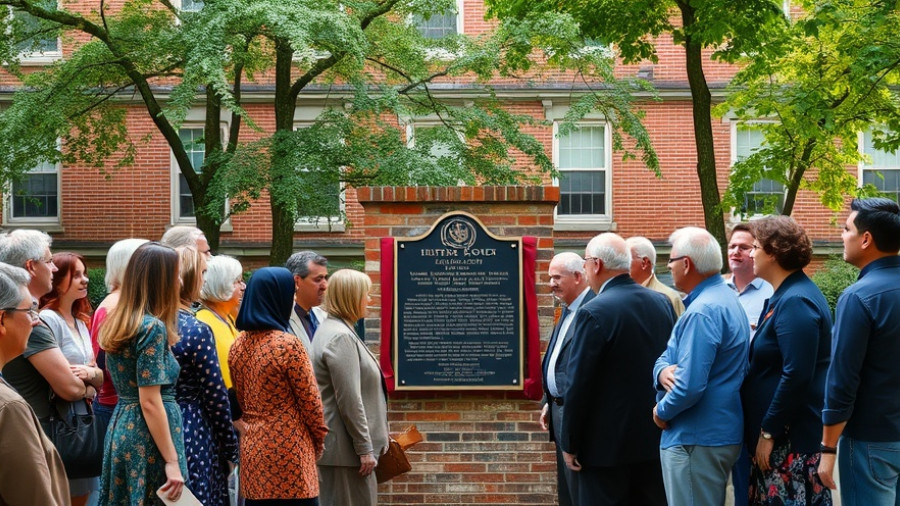
What Happened When a TikTok Video Went Viral
In an age where social media can make or break careers, the recent controversy surrounding former Tri-State Defender reporter Dalisia Ballinger serves as a poignant reminder of the power—and pitfalls—of online expression. After posting a TikTok video in which she voiced gratitude to former President Trump for his decision to station National Guardsmen in Memphis, Ballinger’s life took a dramatic turn. The video quickly amassed nearly 80,000 likes and garnered over 5,500 comments, reflecting a divided online audience with polarizing reactions.
Connecting to Personal Narratives
Ballinger's story isn't just about a viral TikTok; it's also about the complexities of her identity as a Black journalist living and working in the community she covered. She expressed comfort in her neighborhood since the National Guard's arrival, declaring, “I feel safe...thank you Trump.” While her sentiments resonate with some individuals yearning for safety, they also stirred outrage amongst others who felt her words belied a broader critique of systemic issues facing marginalized communities.
Why Social Media Matters Now More Than Ever
This incident reflects the evolving media landscape where traditional journalism often collides with social media's unabashed immediacy. In that collision, journalists like Ballinger find themselves navigating the sometimes murky waters of personal opinion versus professional integrity. The pressure for journalists to maintain objectivity complicates the narrative, and Ballinger's controversial remarks have amplified discussions about the responsibility of those who bear witness to community struggles.
The Role of Emotions in Storytelling
The emotional weight carried by Ballinger's predicament resonates with many audiences familiar with the challenges of speaking truthfully in a carefully curated digital age. Her prior experiences of hardship and homelessness add layers to her perspective; she speaks not only from a place of journalistic responsibility but also from personal resilience. “I know that I have an impactful voice,” she asserted, underscoring the personal stakes involved in her public expression.
In Support of Community Voices
As her career as a journalist has taken an abrupt turn, she is adamant about continuing to advocate for her community. Despite the backlash, Ballinger’s intention to remain engaged with her neighbors and share their stories rings true. She stated, “I’m ready to get back to work, telling stories about my fellow Memphians for my fellow Memphians.”
The Necessity of Nuanced Conversations
Ballinger’s ordeal is a call for nuanced conversations about how we navigate safety, race, and public perception. While her viewpoint may not align with everyone’s beliefs, it reflects a true segment of her community who share similar sentiments. The dialogue surrounding her video underscores the need for empathy and understanding in media representations, reminding us that perspectives can be multifaceted.
Conclusion: A Call for Engagement
The story of Dalisia Ballinger is not merely about a journalist losing her job; it’s about the ongoing struggle for authenticity and representation within the community. As we consume media, let’s take the time to engage with diverse voices and consider the broad spectrum of human experience that shapes societal narratives. Let’s listen, learn, and advocate for each other!
 Add Row
Add Row  Add
Add 




Write A Comment